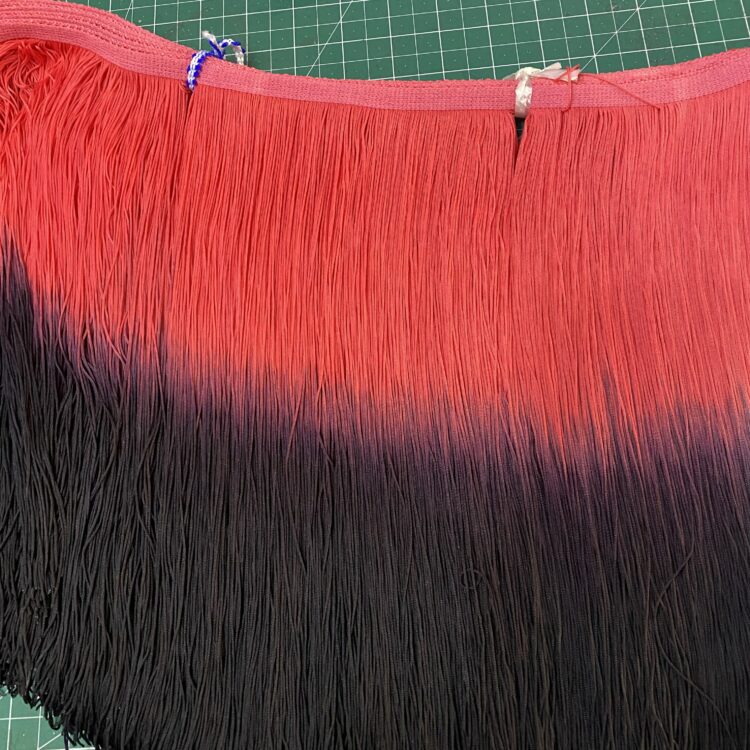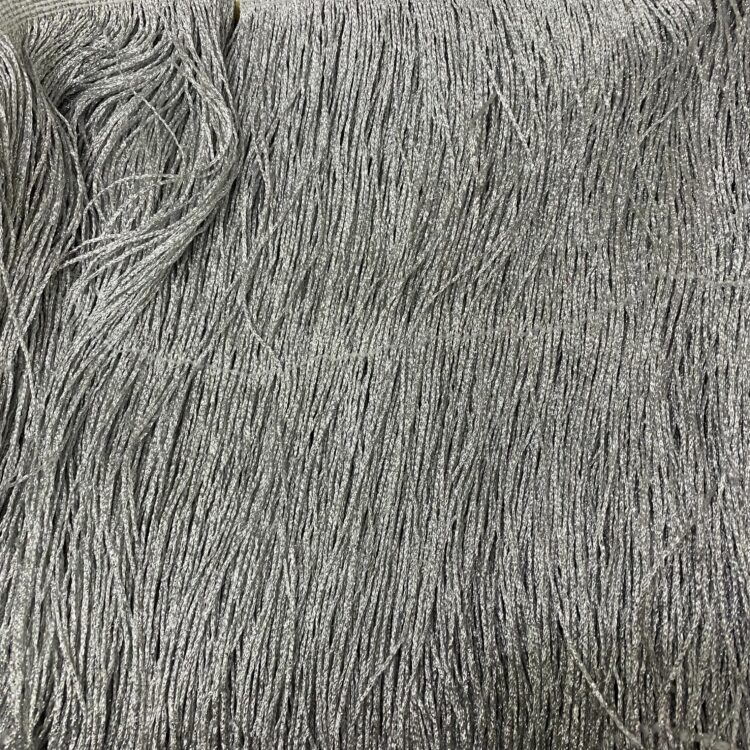
-
Glebe house
Old Bawtry rd
Finningley
Doncaster
Dn93bu - info@bespokedancewear.co.uk
- 07545251877
Home / Embellishment & Decorations / Stretch Fringe
Our stretch fringe can make your dance costumes more exciting and lively. This stretch fringe trim moves with you as you dance, adding extra flair to your performances. We offer different types, including stretch chainette fringe, which is great for Latin and ballroom dancing. Our fringe comes in various colours and lengths to suit different dance styles and costume designs. Whether you’re making a flapper-style dress for a jazz routine or a flowing skirt for a contemporary piece, our stretch fringe can help bring your ideas to life. It’s easy to work with and looks great on stage.
Showing all 3 results



We offer two types of stretch fringe for different dance costume needs:
Our stretch fringe trim can be used in many types of dance costumes:
Stretch fringe has several good points for dance costumes:
When using stretch fringe trim in your dance costumes:
To keep your fringed dance costumes looking good:
Stretch fringe is used in dance costumes to add movement and visual interest. It’s often used on the edges of skirts, sleeves, or bodices. The fringe moves with the dancer, emphasising steps and spins. It’s especially popular in Latin and ballroom dancing, but it’s also used in jazz, contemporary, and other dance styles. Stretch fringe can make a costume more exciting to watch and can help tell the story of the dance.
To attach a stretch fringe to a costume, you can sew it on by machine or by hand. When using a sewing machine, use a zigzag stitch to allow for stretch. Sew the fringe on while the base fabric is slightly stretched. This helps the fringe lie flat when the costume is worn. Hand-sewing can give you more control, which is helpful with delicate fringe. Always test your method on a scrap piece of fabric first.
The length of fringe on a dance costume depends on the style of dance and the effect you want. For Latin dances, the fringe is often 15-20 cm long. Longer fringe, up to 30 cm or more, is common in flapper-style costumes for jazz or Charleston dances. Shorter fringe, around 5-10 cm, can add texture without getting in the way of movements. Consider the dancer’s height and the specific dance moves when choosing fringe length.
Yes, you can wash costumes with stretch fringe, but you need to be careful. Hand wash the costume gently in cool water with a mild detergent. Don’t twist or wring the fringe. Rinse well and let the costume air dry flat or hanging up. Avoid using a dryer as the heat can damage the fringe. Once dry, gently comb the fringe with your fingers to neaten it. For very delicate or valuable costumes, professional cleaning might be best.
The main difference is that stretch fringe can stretch and return to its original shape, while regular fringe can’t. This makes stretch fringe good for dance costumes made with stretchy fabrics. Stretch fringe moves more freely with the dancer’s body and can emphasise dance movements better. It’s also usually lighter than regular fringe, which is helpful for fast-paced dances. However, regular fringe might be cheaper and come in more styles.
To stop fringe from tangling on a dance costume, try these tips: Gently comb the fringe with your fingers before and after each use. Store the costume hanging up so the fringe hangs freely. You can also try lightly spraying the fringe with a fabric softener solution, which can help reduce static and tangling. For costumes with very long fringe, some dancers braid the fringe loosely for storage and unbraid it before use.
Find our full range of stretch fringe here.
